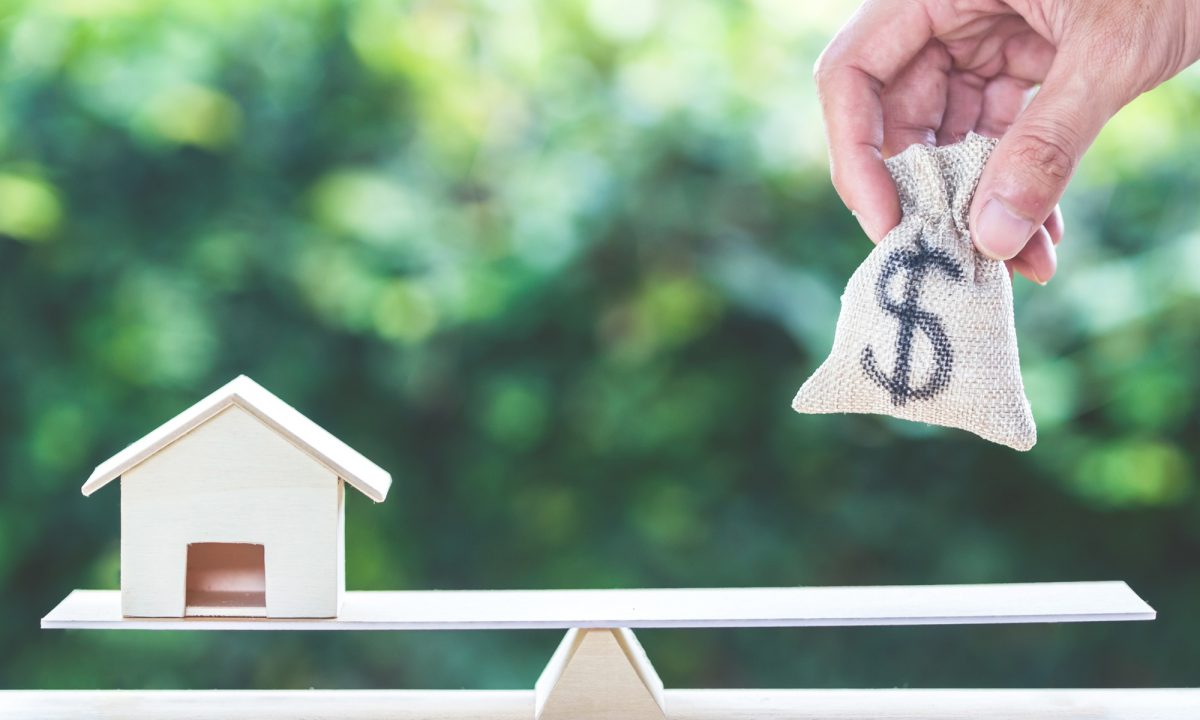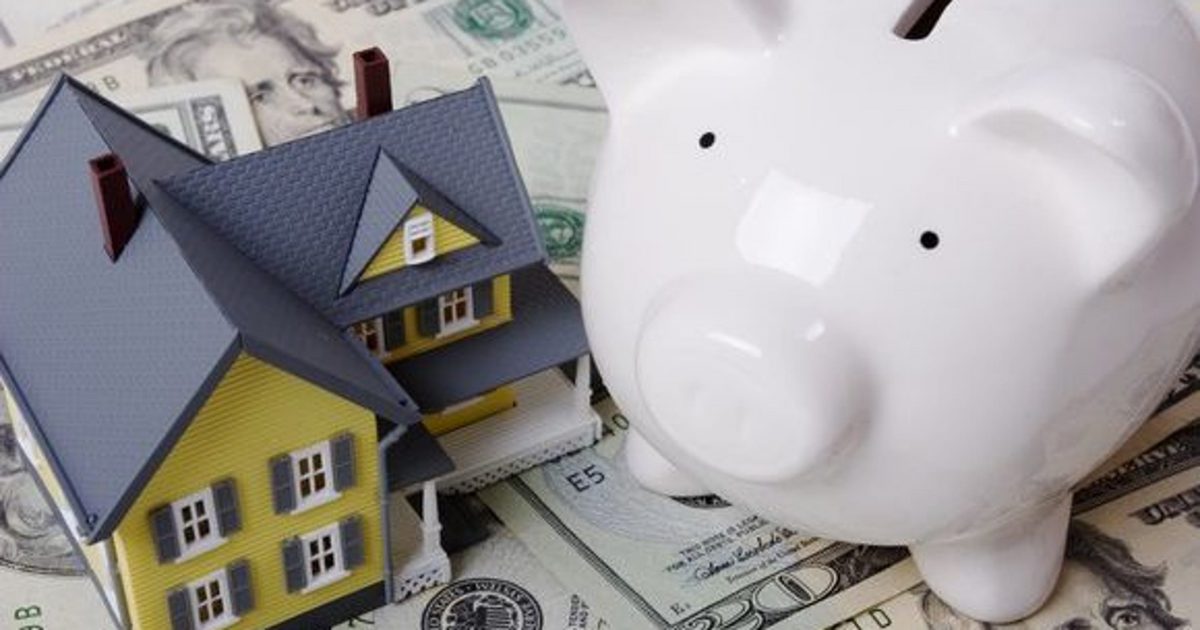Making your house more efficient, adding square footage, upgrading the kitchen or bath and installing smart-home technology can help increase its value.
Nearly two-thirds (65%) of U.S. homeowners believe the value of their home will continue to rise over the next 10 years, according to a NerdWallet survey conducted online by The Harris Poll among over 1,400 homeowners in August 2018.
That may be optimistic, considering that some factors that determine what a house is worth, like its location and the popularity of that market, are out of your control.
If, like 70% of American homeowners, you believe your house is your biggest asset, taking care of it is probably a top priority. The good news is, keeping up with repairs and making smart improvements are both proven ways to increase home value over time.
1. Make it low-maintenance
Improvements that make things easy to clean and maintain may also increase home value. Consider replacing easily stained carpet with hardwood floors or replace high-maintenance wood siding with vinyl siding.
2. Make it more efficient
Energy conservation features can have a significant impact on home value, depending on what area of the country you’re in, Joanne Theunissen, chair of the National Association of Home Builders Remodelers, said in an email. Energy-efficient mortgages (EEMs) allow borrowers to take on additional debt to cover both the purchase of the home as well as energy-efficient upgrades. EEMs can also offer lower mortgage rates to increase purchasing power, according to Energy.gov.
Consider double-paned windows, enhanced attic insulation, LED lighting and efficient appliances as a way to increase home value and entice energy-conscious buyers.
Schedule an assessment with a certified energy auditor or your utility company to determine where your home is wasting energy and which upgrades will save you the most money.
3. Make it more attractive
Curb appeal — how your home looks from the street — is your first chance to make a good impression, says James Murrett, president of the Appraisal Institute, a professional association for real estate appraisers. A home’s exterior needs to make a prospective buyer want to walk through the front door.
Once the exterior looks good, focus on the kitchen and bathroom. When these two rooms are outdated, they can keep a property from reaching its highest valuation, Lori Noble, a senior residential appraiser (SRA) in Charleston, West Virginia, said in an email.
And you don’t have to spring for heated towel racks or marble floors, either. A minor kitchen remodel recoups 81% of its cost in added value on average, versus 53% for an upscale kitchen remodel with stone countertops, custom cabinets and commercial-grade appliances, according to Remodeling magazine’s “2018 Cost vs. Value Report.”The same is true for bathrooms; a midrange remodel — new flooring and a few updated fixtures — delivers a 70% return on investment, while an upscale bathroom remodel — heated flooring, custom cabinets and designer fixtures — sees 56% on average.
4. Make it smarter
While smart tech doesn’t always increase home value, it does add appeal, Tavia Galvin, a licensed Realtor in Arvada, Colorado, said in an email.
Those who see themselves as “techies” are more likely to pay more for these items, Martin said.
Unlike replacing the roof or renovating the bathroom, you can usually install these devices yourself for about $1,000 or less.
5. Make it bigger
“Square footage has a huge impact on value,” Angie Martin, director of operations at Hales and Associates in Overland Park, Kansas, said in an email. Price per square foot is one way she helps clients compare homes that are similar in style and upgrades.
Bigger homes often command higher values, and even if an appraiser doesn’t officially acknowledge the full value of added space, a buyer will likely notice.
How to pay for improvements that increase value
When thinking about how to increase home value, root your expectations in reality. Updates rarely recoup 100% of their cost, but they can make your family more comfortable and even help your home sell faster.
If you can’t pay for home improvements in cash, be sure to choose the right method of financing for you.

